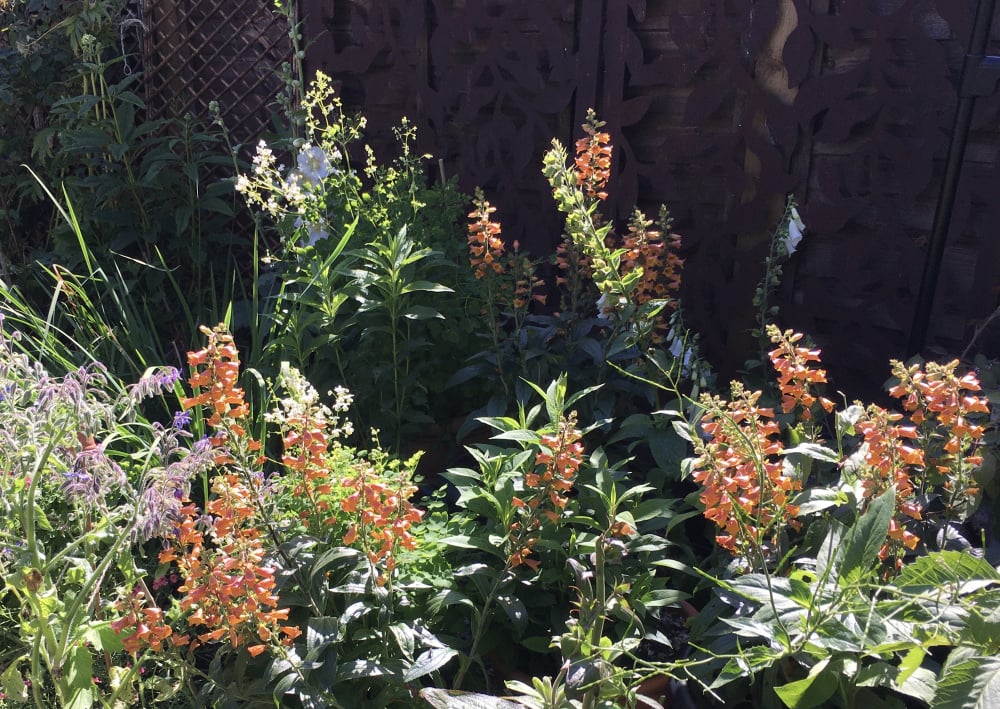This Forum will close on Wednesday 27 March, 2024. Please refer to the announcement on the Discussions page for further detail.
Has anyone successfully over-wintered plants from the Illumination (Digiplex) series outside?
 Fire
Posts: 19,096
Fire
Posts: 19,096
It is touted to be perennial and hardy, but I lost all my plants in this series during mild winters a few years ago in a very sheltered garden. I know others in the south and east of England have lost them too. Has anyone had problems? Or successes?
They don't seem greatly hardy. I believe they are a hybrid, between Digitalis and the shrubby but frost-tender Isoplexis. I like Illumination very much, particularly the colour range, but don't want to be treating them as annuals. I don't have a greenhouse and don't really want to be messing about with fleece etc. Thanks

0
Posts
(I am waaay down south, not far north of the sea, though.)
When you don't even know who's in the team
S.Yorkshire/Derbyshire border
I would love to try some of the Illumination ones, but they are unlikely to survive here with isoplexis in the mix.
Digitalis x valilii Foxlight Plum Gold is meant to be a reliably hardy perennial, so I would be interested to hear if anyone has that and how it does for them..
When you don't even know who's in the team
S.Yorkshire/Derbyshire border
Isoplexis - or, strictly speaking these days, Digitalis - Bella is relatively new on the scene, having been introduced at RHS Chelsea in 2019 by Hillier nurseries who brought it to market in conjunction with Suttons, the idea being that, between these two big hitters, it would get plenty of exposure and enjoy wide availability. Which is great, as Bella is a beautiful thing and deserves to be widely known. The individual responsible for developing this named variety of Isoplexis Isabelliana is, however, one Birdie Lenard-Fountain, who hails from California and now looks set to do very well out of their original enthusiasm for the Canary Island foxglove.
Now that name might refer not just to Isoplexis Isabelliana, but also to the perhaps rather better known Isoplexis Canariensis. What’s the difference? Well, they have slightly different habitats, though both in the Canary Islands, Isabelliana is perhaps rather more compact and branching in habit, and the flowers differ somewhat in terms of colouration. Bella certainly displays the qualities of remaining nicely compact in stature and developing a bushy, well branched structure, and that’s enough to make it a winner. Additionally, it is claimed that Bella can take temperatures down to -5C, or H3 in RHS terminology. How accurate that assertion might be, we are not yet sure. We will certainly be testing it, but in the meantime we suggest it is probably wise to assume that Bella will need some protection if temperatures plunge much below zero. Patio pot, perhaps?
In terms of care, Bella is relatively undemanding. Prune after flowering to maintain shape and encourage new growth, feed perhaps spring and autumn, especially if grown in a pot, and that should do the job.
Isoplexis (Digitalis) Isabelliana Bella is a tender evergreen shrub with spikes of tubular coppery apricot flowers in summer suitable for sun or semi-shade.
When you don't even know who's in the team
S.Yorkshire/Derbyshire border